DRDO anti-drone tech ready, handed over to BEL, private firms (The Hindu)
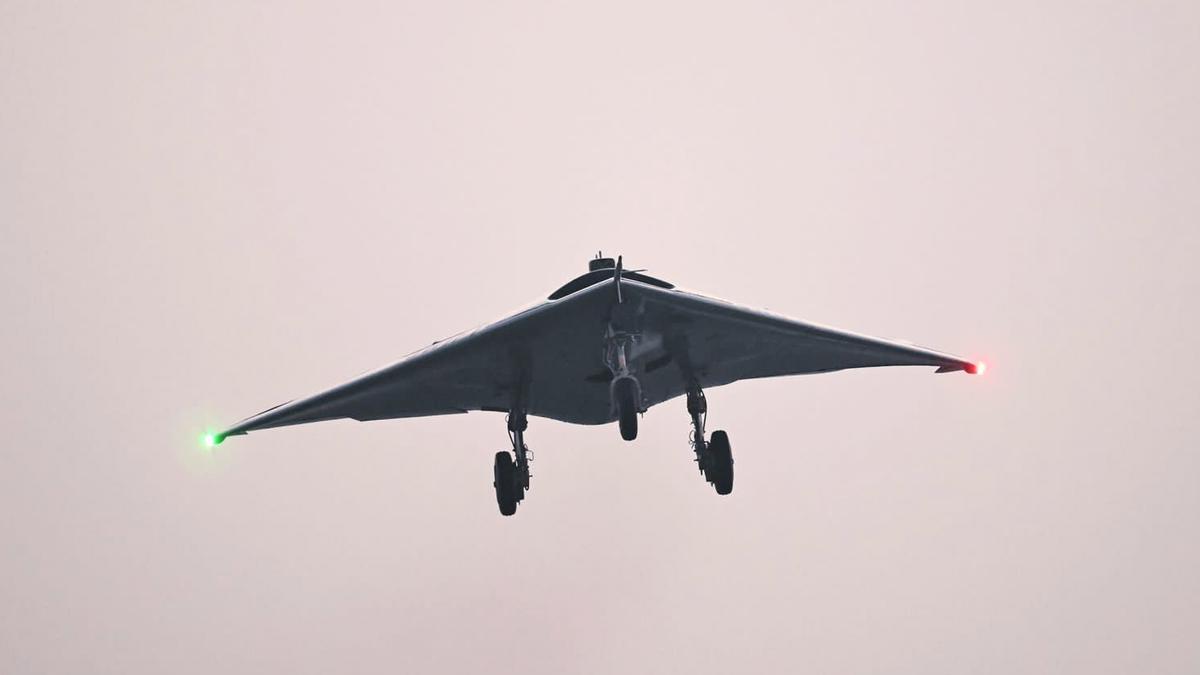
- 09 Jan 2024
Why is it in the News?
The counter-drone system developed by the Defence Research and Development Organisation (DRDO) is ready for production and has already been demonstrated to armed services and other internal security agencies with some orders already placed.
Key Highlights from the Report:
- The Defence Research and Development Organization (DRDO) has successfully engineered an indigenous counter-drone technology designed to counter various types of drone attacks, encompassing both soft and hard kill capabilities, particularly effective against micro drones.
- Significance: This cutting-edge system employs a laser-based kill mechanism for the detection and destruction of drones in the airspace.
- Notably, it can proficiently detect and disrupt micro drones within a range of 3 kilometres, employing laser signals to neutralize targets situated at distances between 1 to 2.5 kilometres.
- The technology has been seamlessly transferred to private industries, including Bharat Electronics Limited (BEL), Adani, Larsen & Toubro (L&T), and Icom.
- This strategic transfer enhances collaboration between the public and private sectors for the continued advancement and deployment of this crucial anti-drone technology.
What are Counter-Drone Systems?
- Counter-drone systems serve as defensive mechanisms designed to thwart potential drone attacks through the processes of detection, identification, and neutralization.
- These systems are broadly categorized as kinetic or non-kinetic.
- Kinetic Systems: Kinetic counter-drone systems employ projectiles, such as bullets or missiles, to destroy an intruding drone.
- They integrate advanced sensors like radar for drone detection, coupled with a motorized platform to precisely aim and fire the weapon.
- Non-Kinetic Systems: Non-kinetic counter-drone systems focus on disrupting flight capabilities or corrupting signals crucial for control and navigation.
- This is achieved by emitting noise signals at specific frequencies, rendering the drone incapable of receiving command signals.
- Additionally, non-kinetic systems may transmit false GPS signals, creating confusion in the drone's navigation system.
Centre asks Manipur government to study representation on removing Kuki-Chins from ST list (The Hindu)
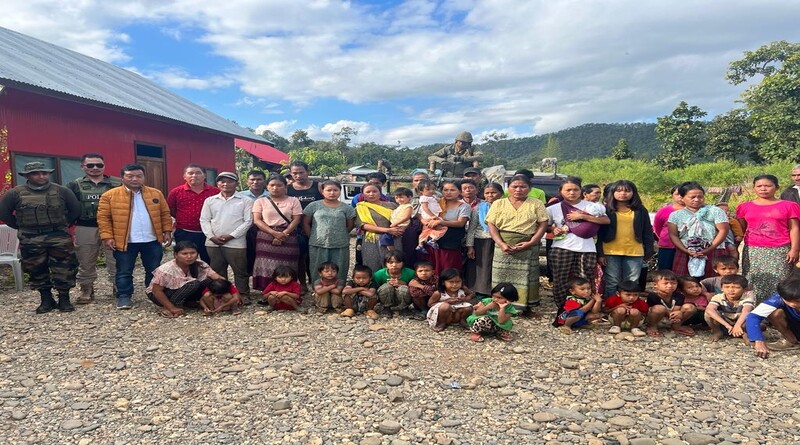
- 09 Jan 2024
Why is it in the News?
The Manipur government has been asked by the Centre to examine a representation seeking deletion of the “Nomadic Chin-Kuki” from the list of Scheduled Tribes in Manipur.
Context:
- The petition advocates that the primary criterion for categorizing Scheduled Tribes in the country should be based on Indigeneity, referencing a Supreme Court ruling dated January 2011.
- The petition specifically highlights the case of the "Zou" tribe, asserting that their origin in Myanmar's Chin state, a foreign territory, was not documented in pre-independence Indian Censuses.
- Consequently, the plea argues against the inclusion of the "Zou" tribe in the Scheduled Tribe list of Manipur.
About Kuki and Zomi Tribes:
- The Kuki-Zomi Tribes represent an ethnic group originating from the Bangladesh region, primarily residing in Manipur and Mizoram in India.
- Also recognized as Chin or Mizo people, they share a unified ancestry and culture.
- Their communication is conducted through various dialects within the Chin-Kuki-Mizo language family, belonging to the Tibeto-Burman branch of the Sino-Tibetan languages.
- The Kuki-Zomi Tribes are interconnected with the broader Zo people, alongside other tribes such as Chin and Mizo.
What is the Process of amendment in the ST List?
- The inclusion or exclusion of any tribe or tribal community from the Scheduled Tribes list is exclusively governed by legislation enacted by the Parliament of India.
- Amendments to the list are effectuated through notifications issued under clause (1) of Article 342, specifying Scheduled Tribes.
- According to a Supreme Court ruling, the authority to modify, amend, or alter the Scheduled Tribes list specified in the notification under Article 342(1) is not vested in State governments, courts, tribunals, or any other entity.
- Contrary to this, the central government asserts that the initiation of proposals for inclusion or exclusion from the ST list must originate from the respective State government.
- The Parliament then takes action based on this proposal.
- The Lokur Committee, in 1965, laid down the criteria employed by the government to designate communities as Scheduled Tribes, and these criteria persist in use today.
- They encompass primitive traits, distinctive culture, geographical isolation, shyness of contact with the larger community, and backwardness.
PM Modi wishes Indian diaspora on Pravasi Bharatiya Diwas (The Hindu)
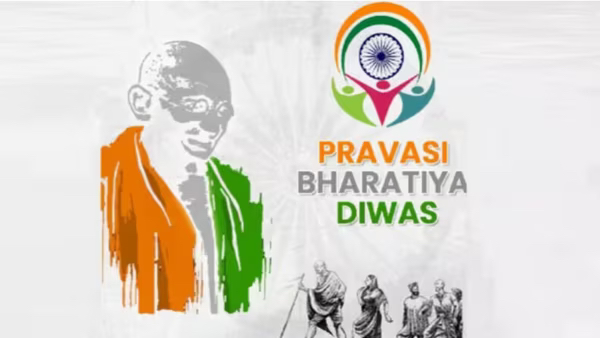
- 09 Jan 2024
Why is it in the News?
Prime Minister Narendra Modi has extended his wishes to the Indian diaspora on the Pravasi Bharatiya Diwas and said their dedication towards preserving our rich heritage and strengthening global ties is commendable.
What is Pravasi Bharatiya Diwas?
- Pravasi Bharatiya Divas (PBD), also known as Non-Resident Indian (NRI) Day, is celebrated on January 9 to mark the contribution and achievements of the overseas Indian community to the development of India.
- The day also commemorates the return of Mahatma Gandhi, the greatest Pravasi, from South Africa to India in 1915, who led India's freedom struggle and changed the lives of Indians forever.
- Its format was later revised in 2015 to celebrate the event once every two years and to hold theme-based conferences during the intervening period with participation from overseas diaspora experts, policy-makers, and stakeholders.
- The Pravasi Bharatiya Divas is the flagship event of the Ministry of External Affairs.
- It is held in different cities, to showcase the diversity and progress of different regions of India.
Pravasi Bharatiya Divas: History
- Pravasi Bharatiya Diva was first celebrated in 2003.
- It was an annual event earlier, but in 2015, the government revised its format to celebrate PBD once every two years.
- To date, 17 conventions have been held.
- The last Pravasi Bharatiya Divas was celebrated in the Indore of Madhya Pradesh in 2023.
Pravasi Bharatiya Samman Awards:
- Another aspect of the Pravasi Bharatiya Divas is the Pravasi Bharatiya Samman Awards.
- The awards were initiated in 2003 by the Indian Government to recognize the achievements and contributions of NRIs and PIOs in various fields such as education, science and technology, arts and culture, social work, public service, trade and industry, and philanthropy.
Pravasi Bharatiya Divas: Significance
- These conventions provide a platform for the overseas Indian community to engage with the Indian government and people of the land of their ancestors for mutually beneficial activities.
- These conventions are also very useful in networking among the overseas Indian community residing in various parts of the world and enable them to share their experiences in various fields.
Switzerland’s decision to eliminate import duties limits FTA utility for India’ (Indian Express)
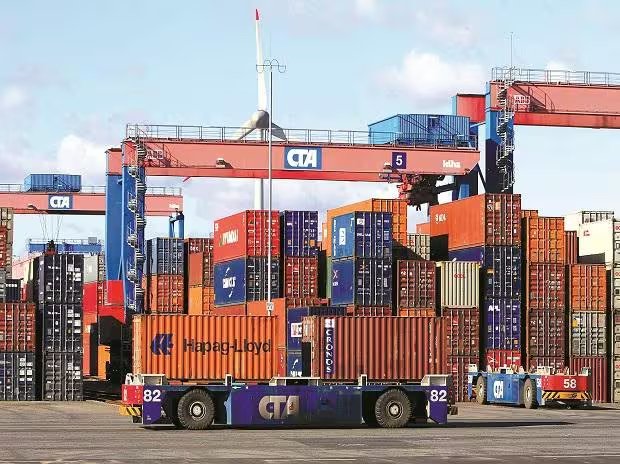
- 09 Jan 2024
Why is it in the News?
Switzerland’s policy to allow tariff-free entry for all industrial goods from all countries significantly limits India’s prospects of gains from India and the European Free Trade Association (EFTA) free trade agreement (FTA) that is currently being negotiated.
Context:
- Within the broader context, the Global Trade Research Initiative (GTRI) asserts that Switzerland's approach of granting tariff-free entry to all nations places constraints on the benefits India could potentially derive from the envisioned trade agreement with the European Free Trade Association (EFTA).
- This limitation arises as Switzerland has eliminated tariffs on various products, encompassing chemicals, consumer goods, vehicles, and clothing.
About the European Free Trade Association (EFTA):
- The European Free Trade Association (EFTA) is a regional trade organization and free trade area consisting of four European states: Iceland, Liechtenstein, Norway and Switzerland.
- The organization operates in parallel with the European Union (EU), and all four member states participate in the European Single Market and are part of the Schengen Area.
- They are not, however, party to the European Union Customs Union.
- It was established in 1960.
- Trade Dynamics with India:
- In 2022, the combined merchandise trade between EFTA and India exceeded USD 6.1 billion.
- The predominant EFTA imports included organic chemicals (27.5%), with machinery (17.5%) and pharmaceutical products (11.4%) constituting the primary exports to India.
India’s Trade and Economic Partnership Agreement (TEPA) with EFTA:
- Negotiations on the trade deal commenced in 2008 and resumed in 2016.
- The latest rounds covered diverse aspects such as trade in goods and services, rules of origin, Intellectual Property Rights (IPR), trade and sustainable development, sanitary and phytosanitary measures, technical barriers to trade, trade remedies, and customs and trade facilitation.
Impact of Switzerland’s Policy on India's Gains under EFTA:
- Effect on Negotiations: Switzerland's decision significantly alters the dynamics of the ongoing India-EFTA trade agreement negotiations, posing implications for India's potential gains.
- Increase in Market Competitiveness: Switzerland, as India's primary export destination in EFTA, has eliminated import duties, intensifying competition for Indian products despite the Free Trade Agreement (FTA) with EFTA.
- No Gains in Agricultural Exports: Exporting agricultural produce to Switzerland remains challenging due to tariff complexities, quality standards, and approval requirements. EFTA, including Switzerland, has shown reluctance to eliminate tariffs on basic agricultural produce.
- Trade Deficit with Switzerland: In FY2023, India faced a substantial trade deficit with Switzerland, with imports totalling $15.79 billion compared to exports of $1.34 billion. Switzerland's policy is anticipated to widen this trade deficit further.
- In essence, Switzerland's tariff-free policy introduces complexities in India's negotiations and hampers potential gains, particularly in the realm of agricultural exports, impacting the overall trade balance with EFTA.
: In a first, India set to chair, and host UNESCO's World Heritage Committee session in Delhi (HT)
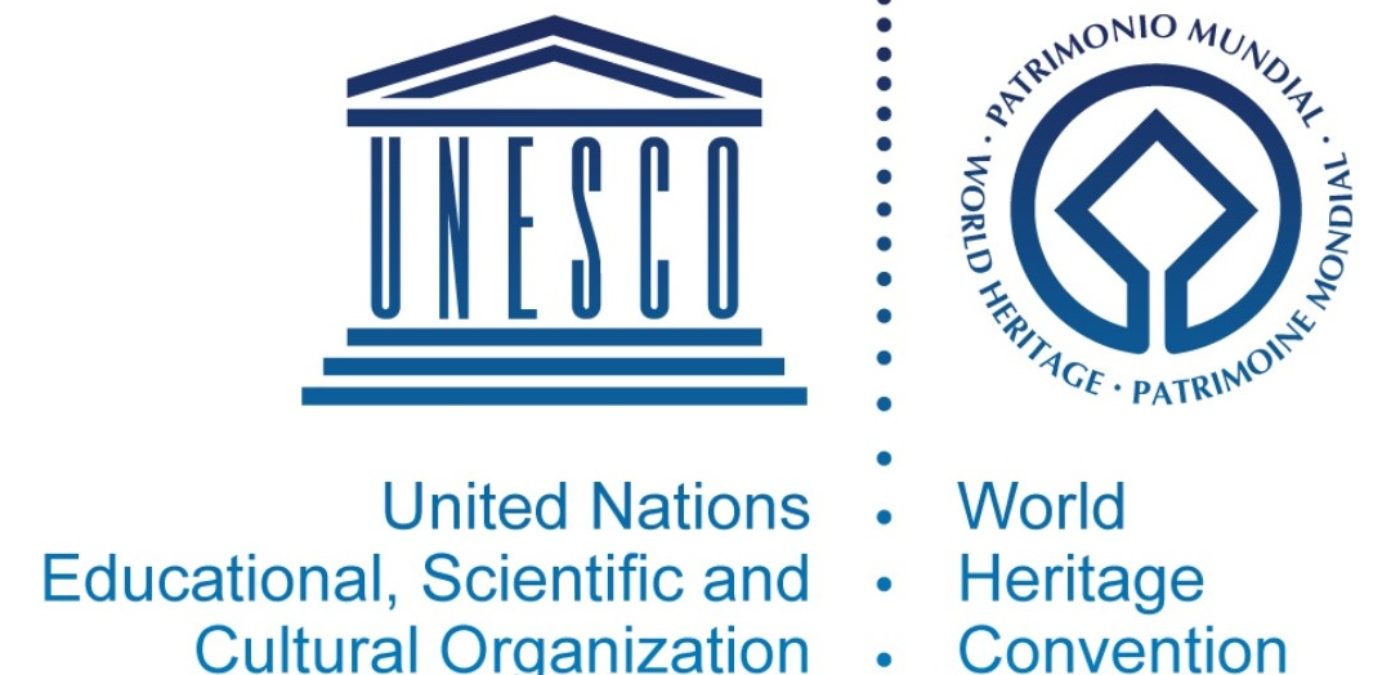
- 09 Jan 2024
Why is it in the News?
In a historic development, India is poised to chair and host UNESCO's World Heritage Committee session in New Delhi from July 21 to 31 this year, the Permanent Representative of India to UNESCO.
About the World Heritage Committee:
- The World Heritage Committee operates as a subsidiary of the United Nations Educational, Scientific, and Cultural Organization (UNESCO).
- Its primary responsibilities encompass executing the World Heritage Convention, determining the utilization of the World Heritage Fund, and disbursing financial assistance in response to requests from States Parties.
- The committee holds authoritative decision-making power regarding the inscription of properties on the World Heritage List, scrutinizes reports on the conservation status of listed properties, and prompts States Parties to rectify mismanagement issues.
- Additionally, it plays a pivotal role in determining the inclusion or removal of properties on the List of World Heritage in Danger.
- Structure:
- Comprising representatives from 21 States Parties elected by their General Assembly, the Committee operates with members serving six-year terms.
- However, many state parties opt for a four-year term voluntarily, allowing other state parties an opportunity to participate on the committee.
- Bureau of the World Heritage Committee:
- The Bureau, consisting of seven state parties elected annually by the Committee, includes a Chairperson, five Vice-Chairpersons, and a Rapporteur.
- This body is responsible for coordinating the Committee's activities, determining meeting schedules, and organizing the agenda.
What is UNESCO?
- The United Nations Educational, Scientific, and Cultural Organization (UNESCO) stands as a specialized agency within the United Nations (UN), dedicated to fostering global peace and security through collaborative efforts in education, arts, sciences, and culture.
- Established in 1945 as the successor to the League of Nations' International Committee on Intellectual Cooperation, UNESCO boasts a membership of 193 states and 11 associate members, along with partnerships in the non-governmental, intergovernmental, and private sectors.
- The organization is headquartered at the World Heritage Centre in Paris.
- UNESCO's foundational mission is to promote peace, sustainable development, and human rights by fostering cooperation and dialogue among nations.
- It pursues this overarching goal through five primary program areas: Education, Natural Sciences, Social/Human Sciences, Culture, and Communication/Information.
- The governance of UNESCO lies in the hands of the General Conference, comprising member states and associate members, convening biannually to establish the agency's programs and budget.
- The General Conference also elects members of the Executive Board, responsible for managing UNESCO's initiatives.
- Every four years, the Director-General is appointed by the General Conference to serve as the chief administrator of UNESCO.
- India has been a founding member of UNESCO, having ratified UNESCO’s Constitution on 4th November 1946.
